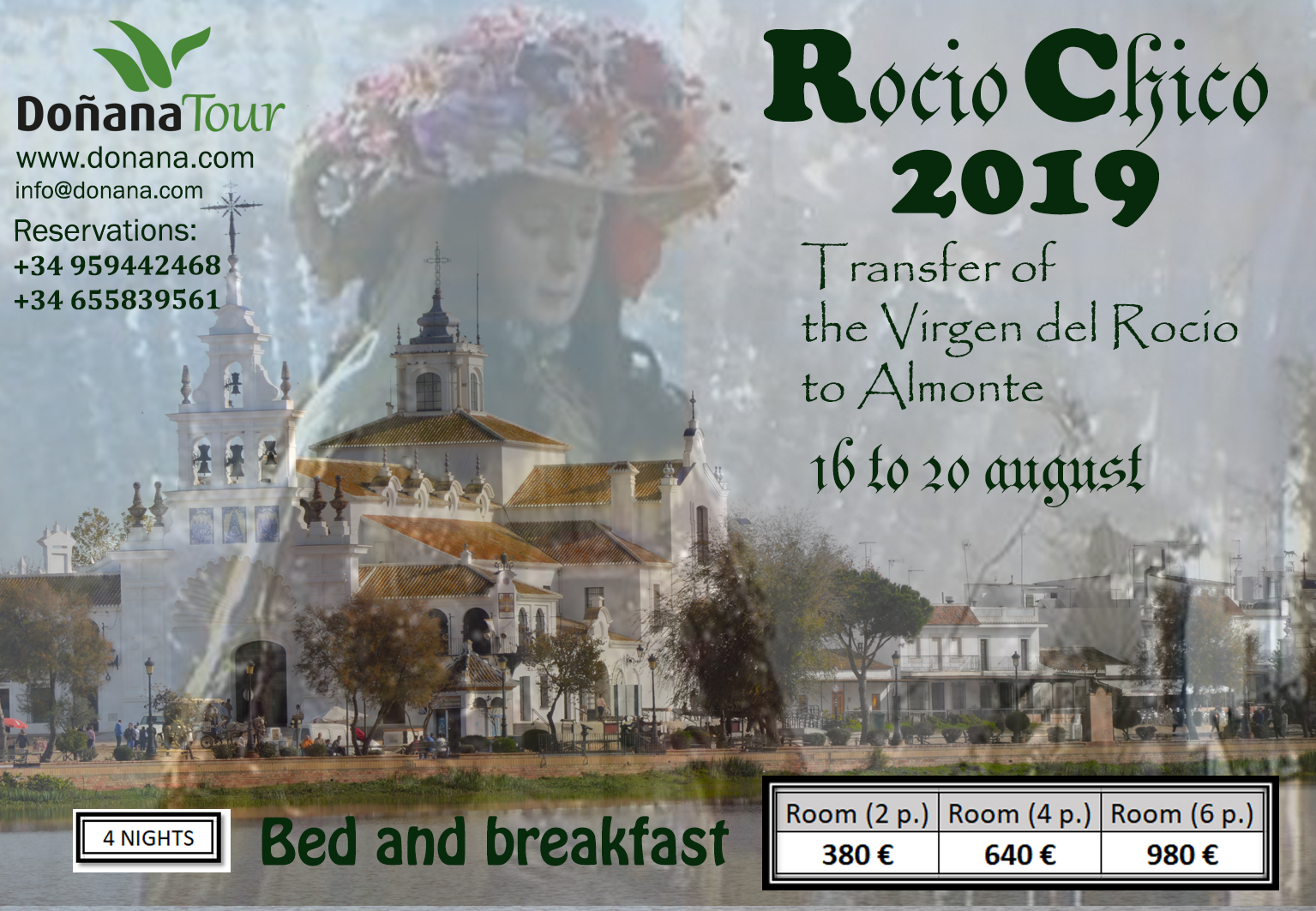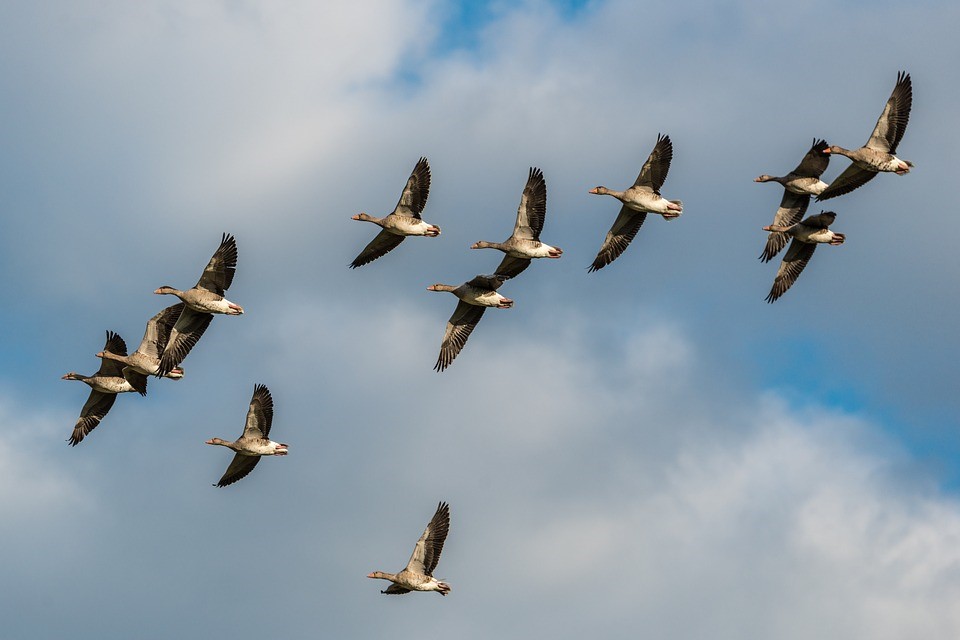ROCÍO CHICO 2019 TRANSFER OF THE VIRGIN OF THE ROCÍO
ROCÍO CHICO 2019 TRANSFER OF THE VIRGIN OF THE ROCÍO

ROCÍO CHICO 2019 TRANSFER OF THE VIRGIN OF THE ROCÍO
ROCÍO CHICO 2019 TRANSFER OF THE VIRGIN OF THE ROCÍO: The transfer of the Virgen del Rocío to her village of Almonte, known as Rocío Chico, takes place on 19 August 2019. It is a tradition that celebrates only every 7 years. The village of Rocío is three leagues from the town of Almonte. After the transfer the Virgin will remain in Almonte for nine months, just two weeks before the Rocío pilgrimage in 2020.
On Monday 19 August 2019 in the afternoon the Virgin leaves in procession through the streets of the village of Rocio, is the expected jump of the fence. Around 20:00 hours in the afternoon the virgin walks the path of the plains covered with the veil, to protect it from dust. She travels all the way during the whole dawn. Around 06:00 the Virgin arrives at the Chaparral, where she is left on a large altar. When the first ray of the sun comes out (although it is still dark), the Virgin’s maidens removed her veil. Then, at around 7 or 8 in the morning, the procession begins again to the Parish of Almonte. The image of the White Dove arrives in Almonte amidst the cheers and jubilation. The arrival to Almomte is usually around 10 or 11 in the morning. The hours are approximate, due to the stops that are made during the night.
The adornments of the step is tradition that they are taken by the old almonteñas, known popularly like “the almonteñas grandmothers”. The way out is nocturnal, it is dotted with bonfires and it is made field through previously determined places, that every seven years constitute the same itinerary.
The exorns of the streets are authentic ephemeral cathedrals, executed by local artists to receive the Virgen del Rocío, giving greater solemnity to the transfers. The exorns are an ephemeral architecture based on wood and paper that represent triumphal arches and temples on columns of the most varied architectural styles.
Curiosities
– The transfers of the Virgen del Rocío to her village of Almonte have been carried out for centuries, but the tradition of the 7 years is relatively recent, dating from 1949.
– Whenever events such as epidemics, wars, droughts, bad harvests or famine occurred in Almonte, the Virgen del Rocío (Virgin of the Rocío) was brought here, where she stayed for the necessary time in the parish of the village, where cults and mass were celebrated, to be returned later to the hermitage of El Rocío.
– Tradition tells us to remove the veil, when the first ray of sunlight illuminates the Virgin’s face. At that moment hundreds of trabucos and shotguns fired salvoes in honour of the Virgin.
– The last time a transfer was held the Virgin of the Rocío remained in Almonte from August 19, 2012 to May 12, 2013.
Origin
The first written document about a transfer is in 1607, where the transfer of the Virgin to the village of Almonte is told due to drought, on April 21, 1607. The Virgen del Rocío was moved long before 1607, but today there are no written documents on these transfers.
Subsequently the Virgen del Rocío has returned on numerous occasions to Almonte. It is worth mentioning one year, in which it was moved on three occasions. This occurred in 1738, when it was recorded in a document.
